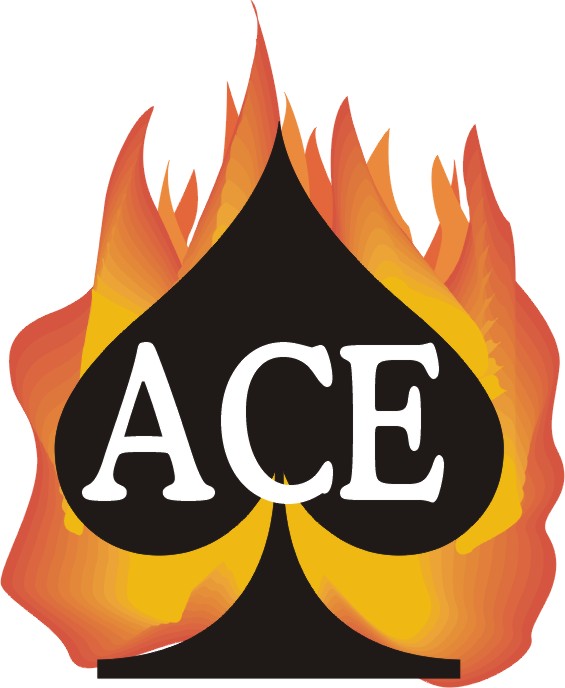| Building
Life Safety, Security & CCTV Systems |
|
| Extinguishment,
Deluge, & Sprinkler Systems |
|
| Fire
Safety and Emergency Planning |
|
CLOSED CIRCUIT TELEVISION (C.C.T.V.)
Camera's need to be able to capture an image or series of frames in order to be of any use to your security personnel or law enforcement officers. From very early on, the security profession recognized the importance of the VCR (video-tape recorder), but the early models had some problems too. For one thing, you could only fit a very limited amount of time on a standard video tape cassette. The courts also required you to be able to substantiate the exact time and date of the occurance as well, or you couldn't use this new tool as evidence against a suspect. Technology and the need for more time heralded the birth of the time-lapse recorder. Early models provided a visual time record but recorded images in one to three second bursts with several seconds of inactivity in between. This resulted in a played back image that appeared jerky and difficult to watch. Modern time-lapse recorders can actually tape up to 48 hours on a special, high quality six hour cassette. The tape moves so slowly across the record head that it's physical movement is almost imperceptable, yet the image quality is excellent.
Couple this type of unit to a digital multiplexer and you now have the ability to record images from multiple cameras onto a single VCR tape, and play them back camera-by-camera should the need arise. The one major drawback is the requirement to have the unit cleaned frequently (normal video head cleaner will NOT do in this instance). The time-lapse VCR has given way to the next generation of computer hard drives. Able to store up to three hundred (300) giga-bytes of information, these mass storage devices can play back digitally enhanced images that rival those produced by modern film studios. Instead of having to change tapes every other day, the digital recorder can store up to a weeks worth of images, make data retrieval a snap, and output to a standard video cassette which can be played without the need for special equipment. Most units of this type come complete with a built in multiplexer that allows you to record images from up to 32 cameras at a time. While the camera remains the most important part of the system, new technology has shrunk it's size to allow it to be mounted completely covertly (inside a regular room heating thermostat, or behind a clock face for instance). Large department stores can conceal cameras in mannequins, coat racks, even fire sprinker heads. Shrinkage from shop-lifters isn't as big a problem these days as we're lead to believe. Loss prevention officers are shifting their attention to some store employees and using micro technology to help them. Wireless cameras use standard nine volt transistor batteries, have a range of over 1500 feet (450 meters), and can be placed anywhere. Here are some commonly asked questions regarding video surveillance systems: FAQ's1. What will the courts accept in the way of video surveillance evidence? This is a difficult question to answer, in that there are a number of laws and codes that address the indivuals rights to a fair trial. We've all seen what happened to photo-radar. Is the fact that you have Joe Blow on video stuffing that Black & Decker® cordless screw driver down his pants proof that he's going to steal it? No. This is where a good loss prevention department will kick into high gear. If an officer has seen Mr. Blow actually stuff that thing down his pants, it's a pretty good bet that in the next few minutes the store will be minus both the screw driver and some money. The clincher is being able to physically capture Mr. Blow's every move while he makes his way to the exit (with the screw driver). As soon as he steps through that door, he's committed theft. He formed the intent when he saw the screw driver and decided to conceal it in his pants. He didn't actually commit theft until he walked out the door without paying. A completely different scenario involves either a physical attack or vandalism that is captured on tape. In both these instances the camera is actually witnessing a crime in progress. The important thing here is to have an image clear enough to be able to identify the attacker/vandal, hence the need for high resoution colour cameras. 2. Aren't most surveillance systems black and white? Yes. Sometimes you just can't beat the low light performance of a black and white camera, particularily if you want it to remain covert or inconspicuous. Most courtroom judges these days favour colour images because it makes identification of the individual so much easier. Hair colour, eye colour, jewelry, clothing, and facial features are much easier to discern with a colour picture. Most banks and trust companies have switched to this technology. Where ambient lighting isn't an issue, the difference in cost between a black and white system and a colour system isn't that significant now-a-days. New technology keeps narrowing that gap as well. 3. I live in an older apartment/condominium. Is there any way for the residents of my building to see who's at the door before they let the person in with the intercom? Yes! All camera systems can output to a special device called a frequency modulator which will transmit camera images onto cable channel 59 (for Shaw Cable subscribers in the Lower Mainland) of your television set. Your local cable company can give you more information on this feature and it's availability. The unit is available either through them or your security consultant.
fire
extinguishers / emergency
lighting / sprinklers
/ fire alarm / cctv Copyright
© 2005 - 2009 by Ace Fire Prevention Ltd.
|


